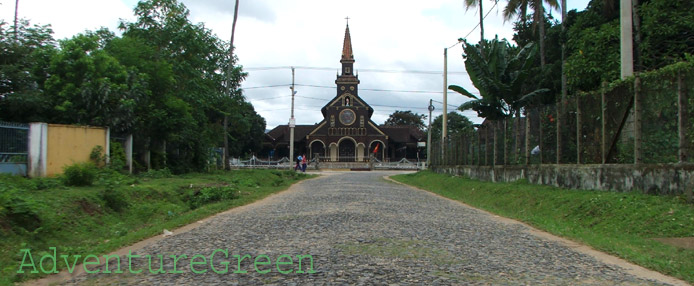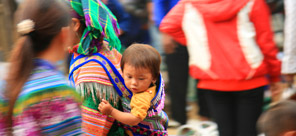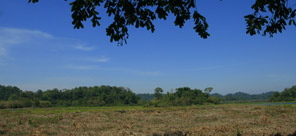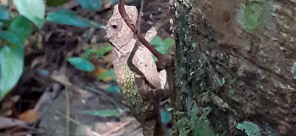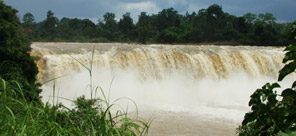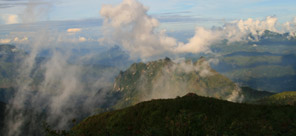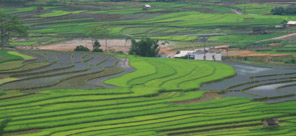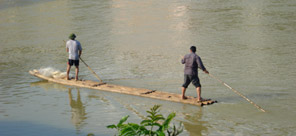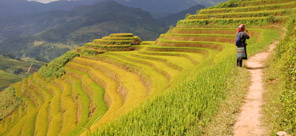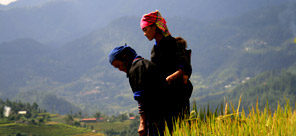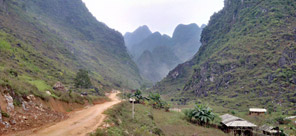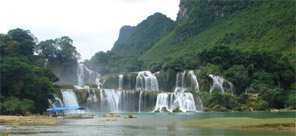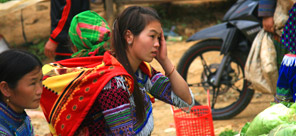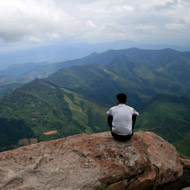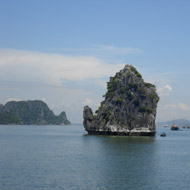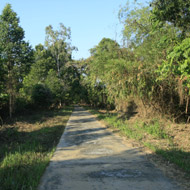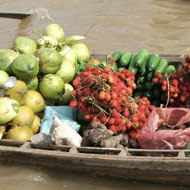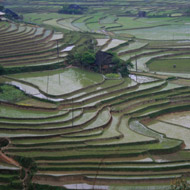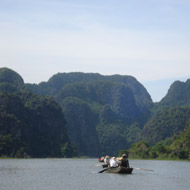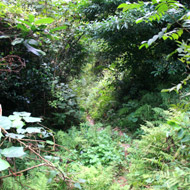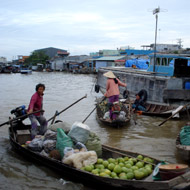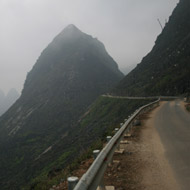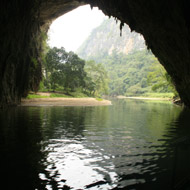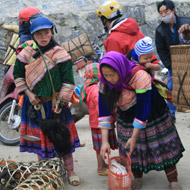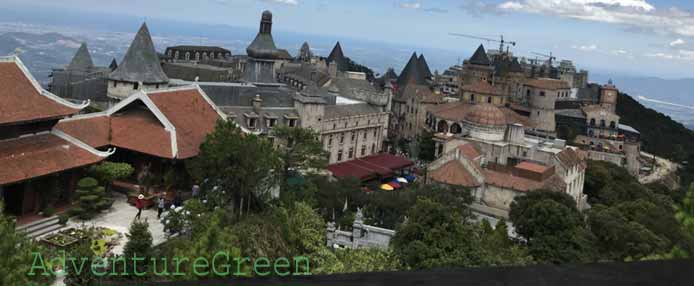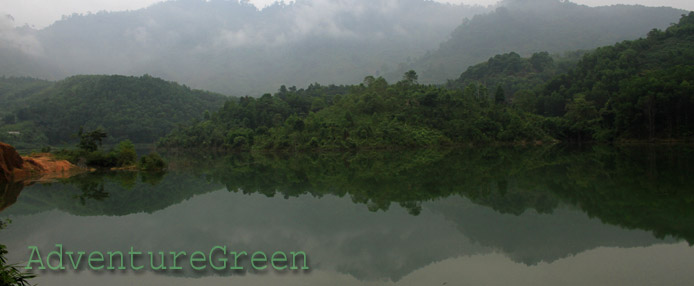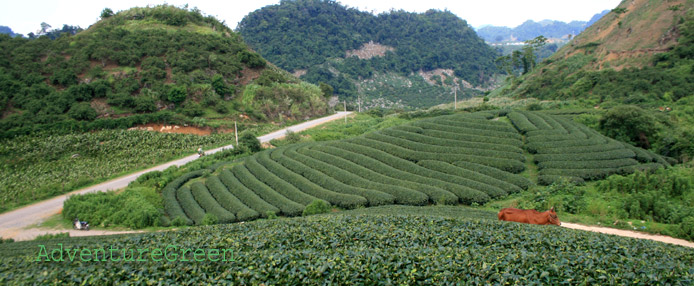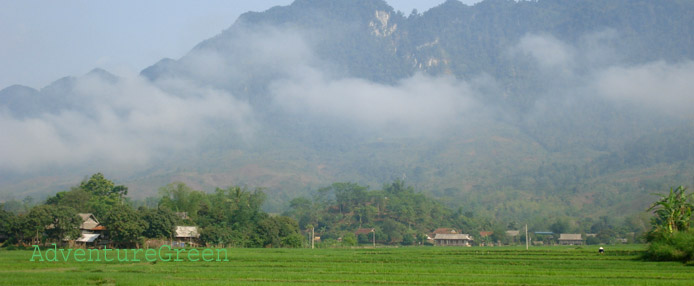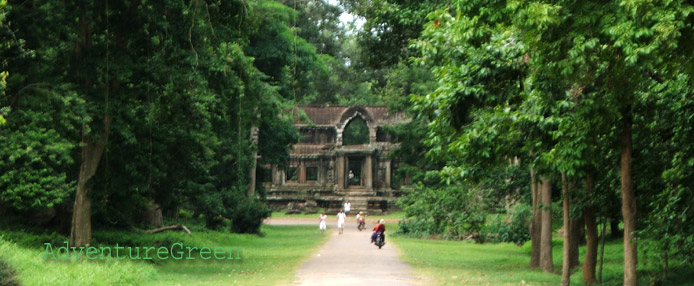Kon Tum Holiday Weather today
Date/time of update: December 4, 2025, 1:40 am, Timezone: GMT+7
Overcast Clouds
Temperature: 19.5°C
Temperature feels like: 19.96°C
Minimum Temperature: 19.5°C
Maximum Temperature: 19.5°C
Atmospheric pressure: 1017hPa
Humidity:94%
Visibility: 10000m
Wind speed: 1.09m/sec
Wind Direction: 69 degrees
Cloudiness: 100%
Sunrise: 2025-12-03 10:59:36
Sunset: 2025-12-04 10:17:40
Kon Tum Province is located in the northernmost area of the Central Highlands of Vietnam with mountains, coffee plantations and hill stations above 1,000m in elevation. The region of Kon Tum is home to many ethnic minorities whose life has been basically untouched by far.
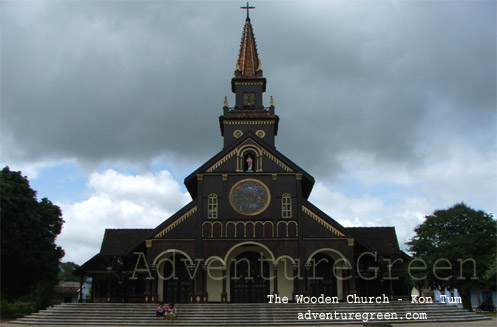
The wooden church at Kon Tum Vietnam
The name of the province in local Ba Na Language means Lake Village or Lakeside Village which indicates the Kon K’nam Village in Kon Tum City nowadays.
Kon Tum is not on the travel itineraries of most travellers to Vietnam. The region is sometimes visited by adventure travellers who love straying from the tourist track. Also, some war travellers visit Kon Tum, as it was a strategically important area with sites of many brutal battles in recent history.
Geography of Kon Tum Province
The province is located to the west of the Truong Son Mountain Range, higher to the north and lower to the south, higher to the east and lower to the west.
The highest mountain peak in Kon Tum is Ngoc Linh which is 2,598m above sea level and which is home to the famed Ngoc Linh Ginseng among the best in the world. The other high mountain peaks are: Bon San (1,939 m), Ngọc Kring (2,066 m).
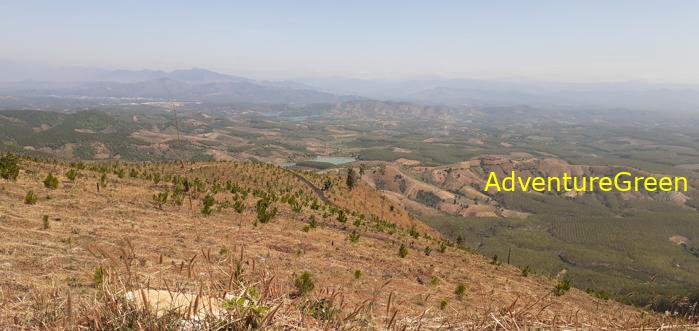
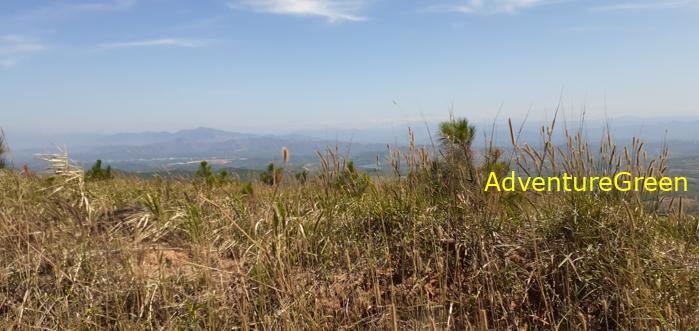
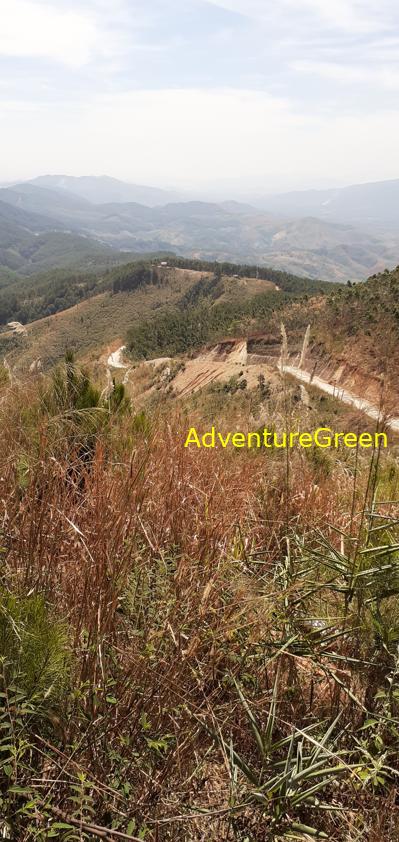
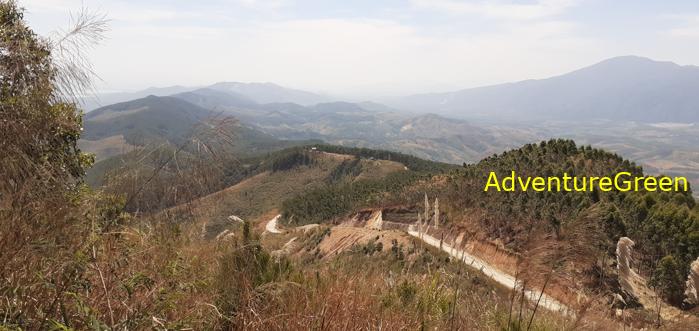
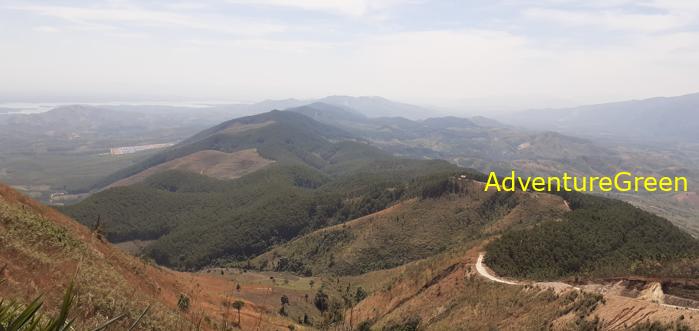
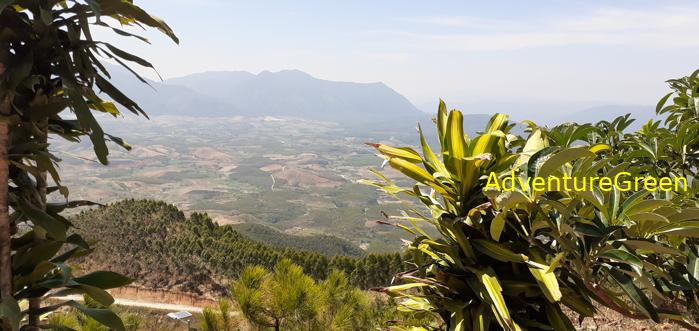
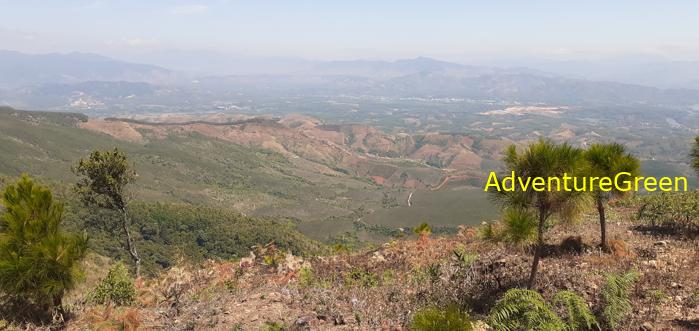
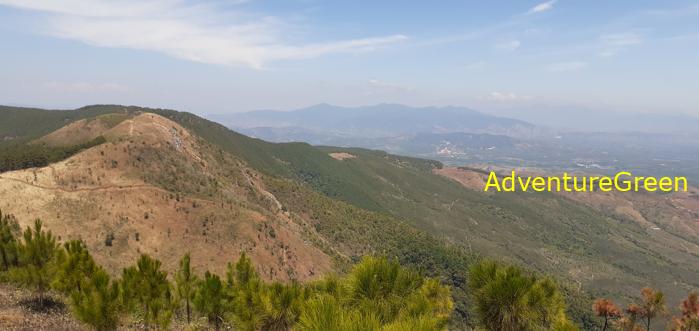
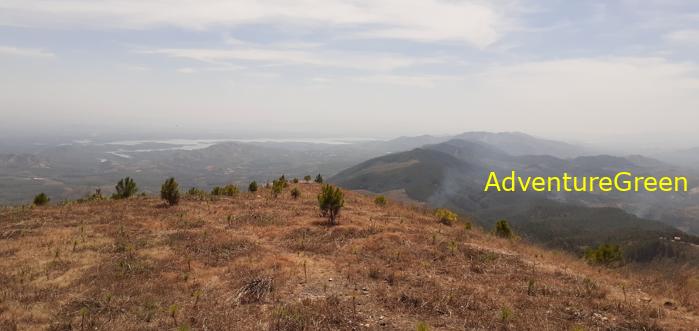
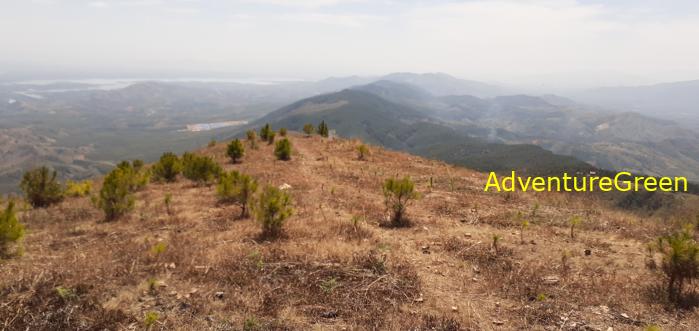
The plateau in Kon Tum is Kon Plong between the Ngoc Linh Mountain and An Khe Mountain. The plateau has the elevations ranging from 1,100m to 1,300m.
The Ngoc Linh Mountain Range is the starting point of several rivers: Thu Bon and Vu Gia (Quang Nam), Tra Khuc (Quang Ngai).
Kon Tum has two big valleys: a valley formed along the Po Ko River and the Sa Thay Valley.
Rivers in Kon Tum: Po Ko, Dak Bla and convergence of these two rivers make up the Se San.
Peoples and Population of Kon Tum
Kon Tum Province is home to the Ba Na, Gie Trieng, Xo Dang, Gia Rai, Brau, Ro Mam.
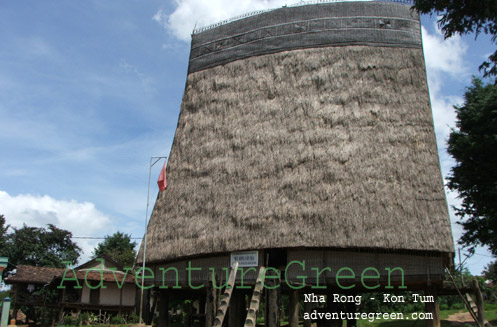
Nha Rong of the Bahnar People at Kon Tum, Vietnam
Kom Tum Climate
Kon Tum has a tropical monsoon climate on high elevations with two distinct seasons per year: rainy season from April through November and dry season from December through March. The annual averaged rainfall is 2,121mm. The daily averaged temperatures are around 22-26oC.
What To See, Tourist Attractions in Kon Tum
1/ Dak Bla River
The Dak Bla River or K’rong Dak Bla was said to start its course from the Ngoc Linh Mountain Range. But recently it is corrected that the river starts from the Dak Snghe River in Kon Plong District from the East Truong Son Mountain Range.
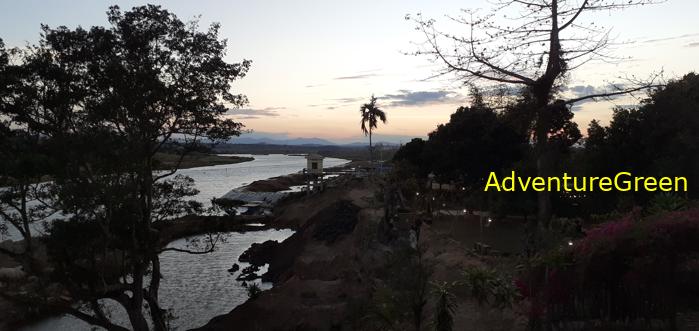
The Dak Snghe River supplies water source to the Thuong Kon Tum (Upper Kon Tum) Hydro-power Plant, then flows through Kon Ray District merging with the Dak Koi and Dak Pne to be called Dak Bla River.
The Dak Bla merges with the Po Tong River near the border between Kon Tum and Gia Lai and changes its course to flow westwards. Before merging with the Po Tong, the Dak Bla flows north-south. The Dak Bla continues its westward course to flow through Kon Tum City merging futher with the Po Ko and Se San in Gia Lai Province to flow into Cambodia.
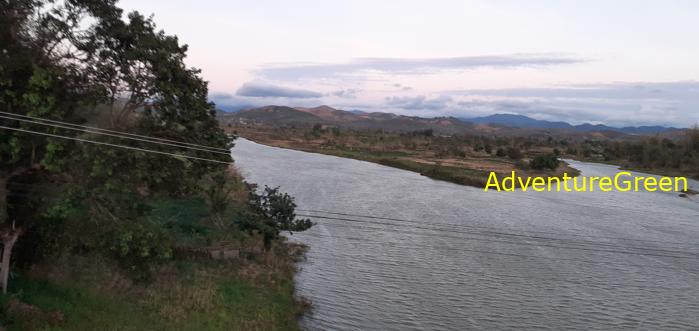
The Dak Bla River has become more of less a symbol of Kon Tum City and an important part of the life of local communities: Ba Na, So Dang,… The river is not to be missed on your adventure to explore Kon Tum.
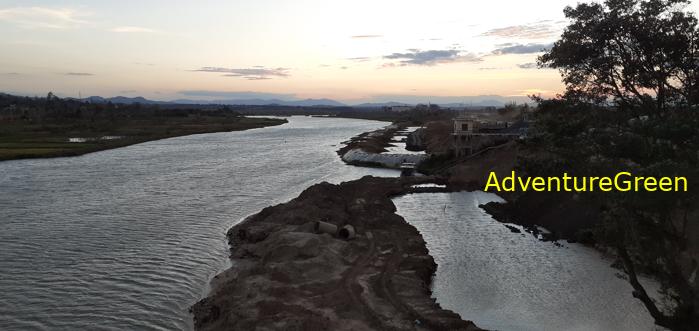
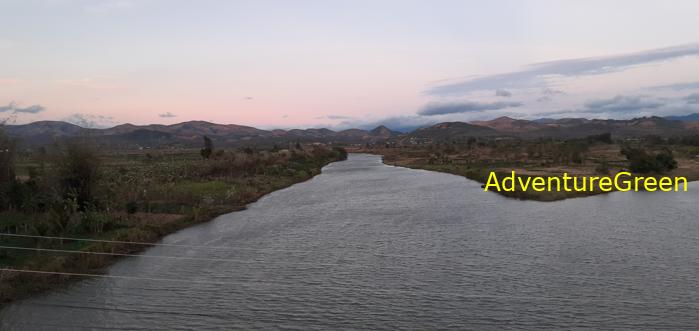
2/ Nha Rong Kon Klo (Communal House)
Nha Rong Kon Klo is by the Dak Bla River, 4km east of Kon Tum City Center. The Nha Rong is to indicate a communal house of an ethnic village in the Central Highlands of Vietnam such as the Ba Na, Se Dang, Gie Trieng,.. The villagers of the Kon Klor are Ba Na People.
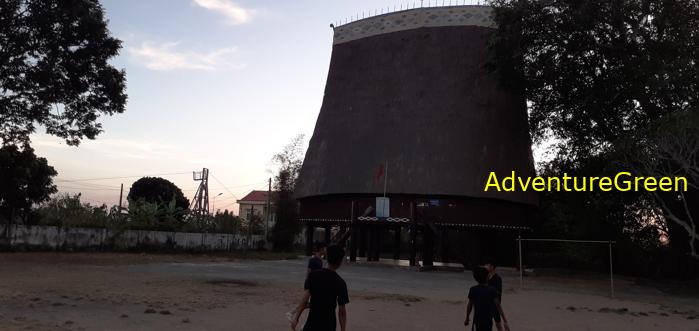
The Nha Rong is where important collective activities, ceremonies, meetings… of the villagers take place. It is the connection between the villagers and the spiritual world and the God (Yang). The Nha Rong Kon Klor is built out of wood, bamboos only and the roof is covered with dry reeds. The structure is 22m high and built with traditional Ba Na architecture.
3/ Suspension Bridge of Kon K’lo
The suspension bridge is 292m long and 4.5m wide spanning the Dak Bla River connecting the Kon Klor Village and Dak Ro Wa Commune. The bridge is a good spot for photography of local ethnic people going about their daily life as well as of the Dak Bla River.
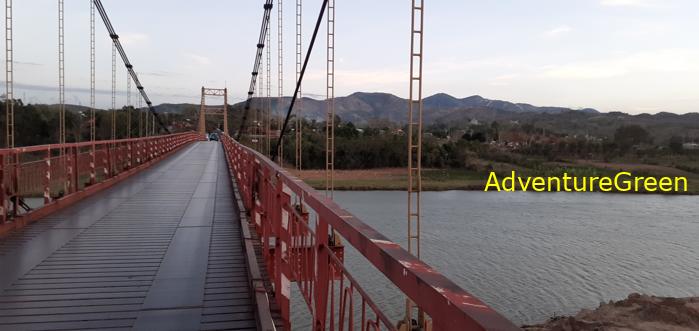
4/ Kon Tum former Prison
5/ Wooden Church of Kon Tum
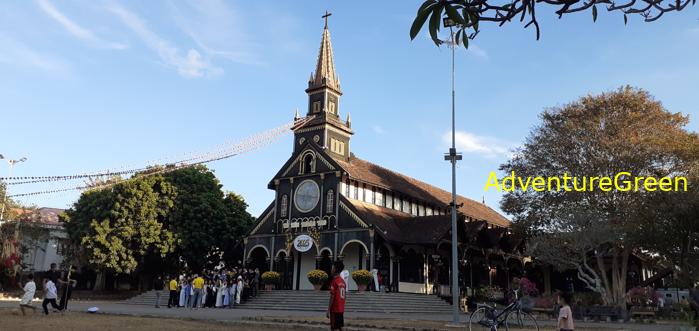
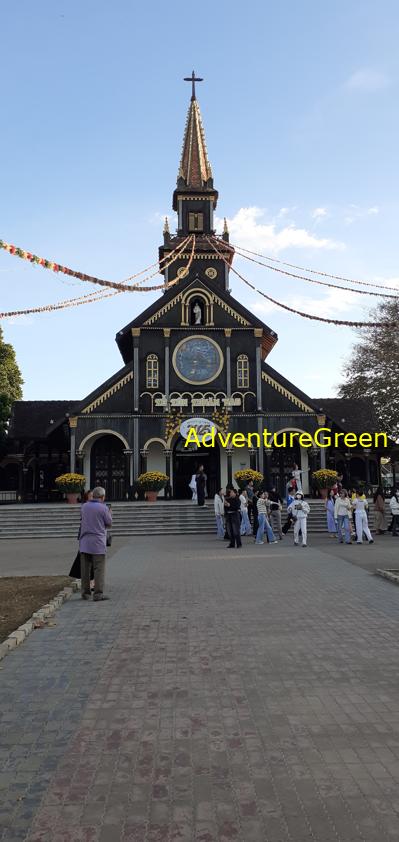
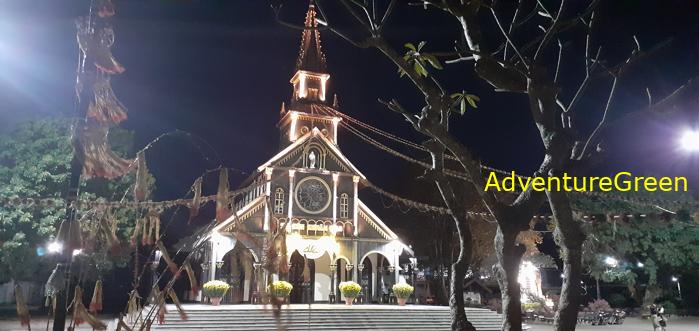
6/ The Bishop House of Kon Tum
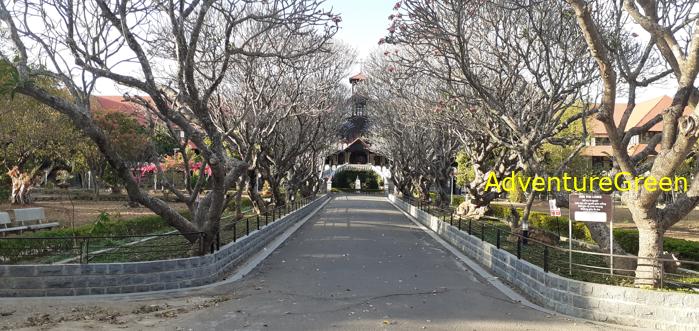
7/ Bac Ai Pagoda
8/ Mang Den Hill Station
9/ Chu Mom Ray National Park
10/ The Indochina T-Junction (Nga Ba Dong Duong)
Where To Stay, Accommodations in Kon Tum
Luxury infrastructure for tourism in Kon Tum is simply not available yet, but there are decently clean hotels and restaurants in Kon Tum Town, the provincial capital of the province.
How To Get To Kon Tum
Kon Tum is 49 kilometres north of Plei Ku, 246 kilometres north of Buon Ma Thuot, 230 kilometres northwest of Qui Nhon.
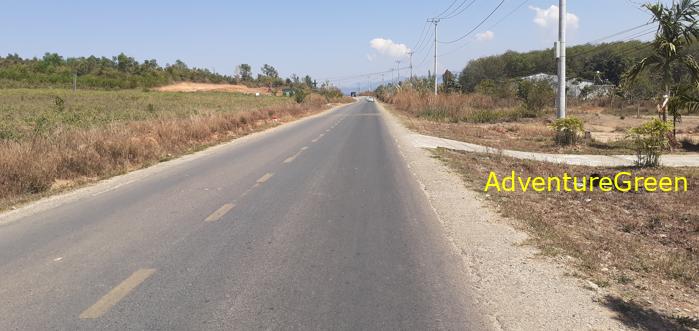
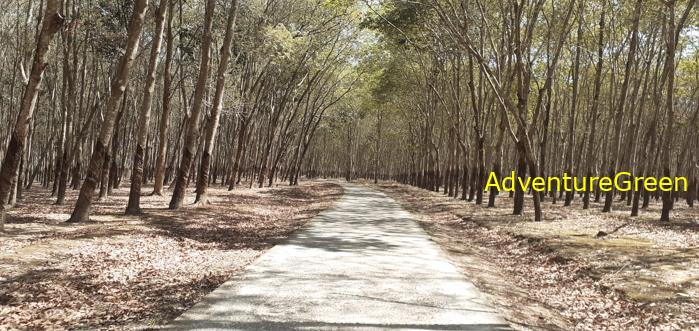
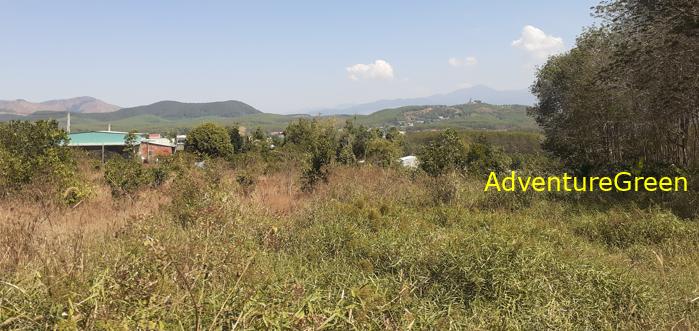
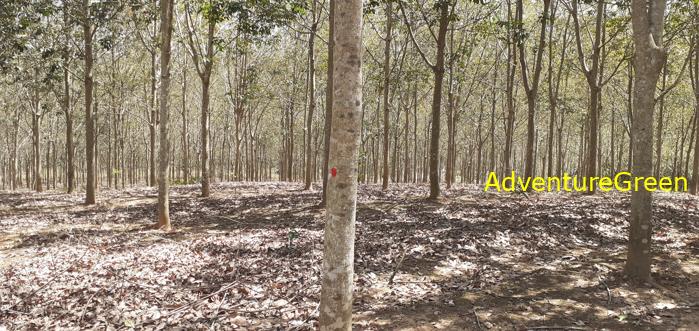
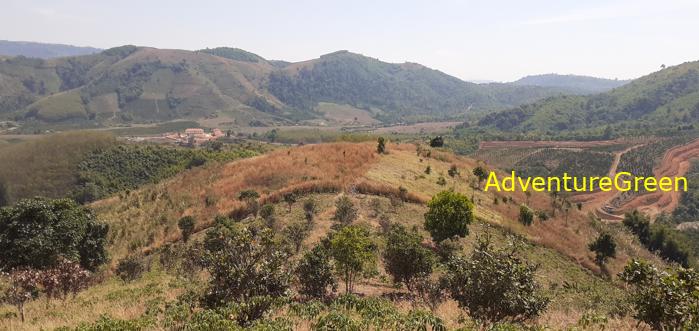
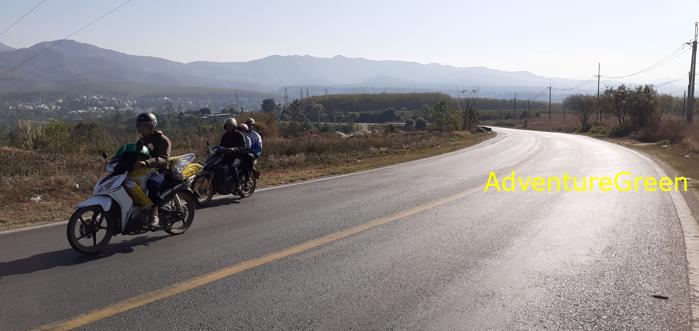
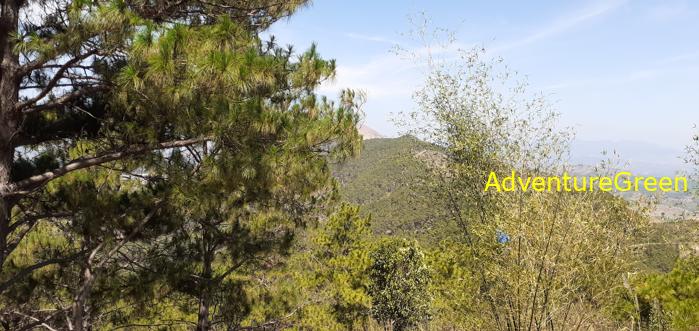
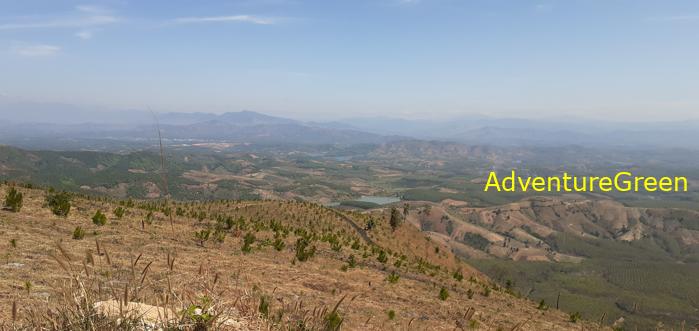
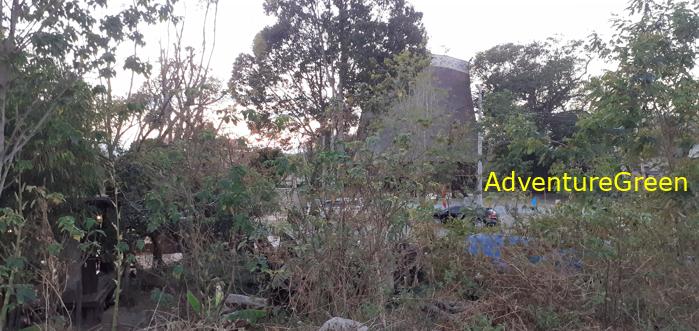
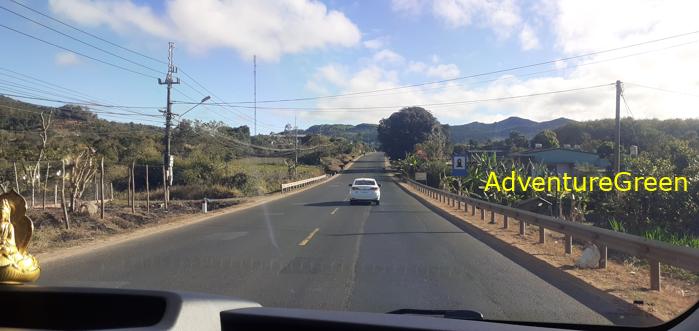
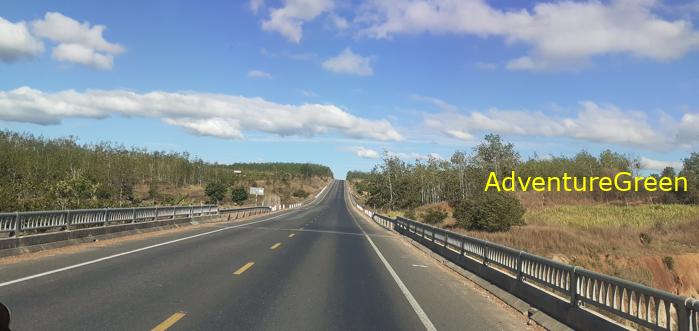
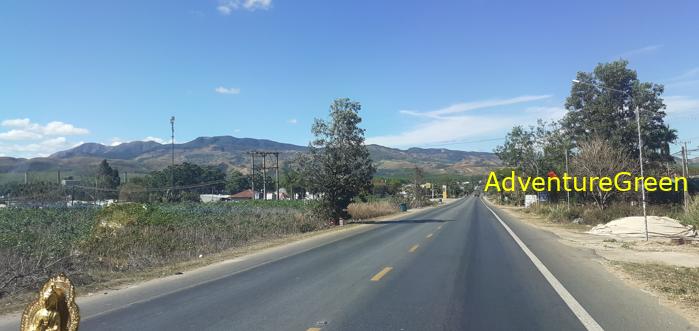
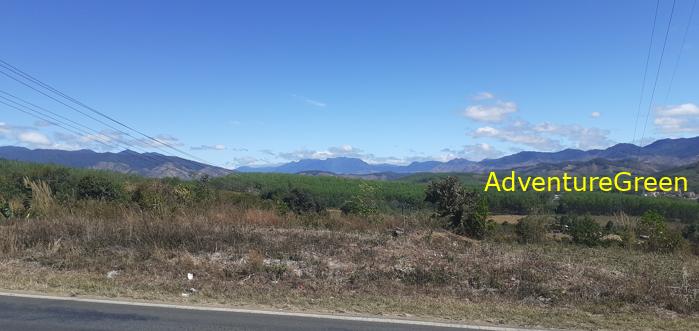
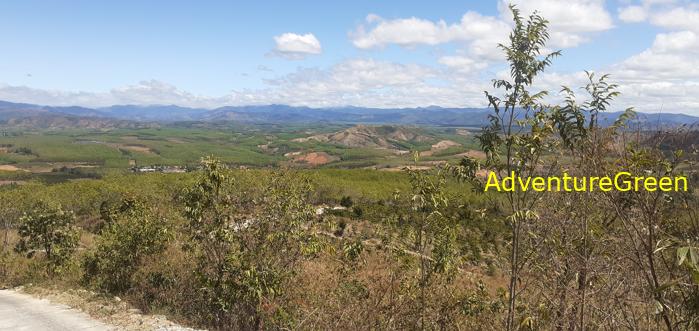
Kon Tum Average Monthly Rainfalls and Temperatures



